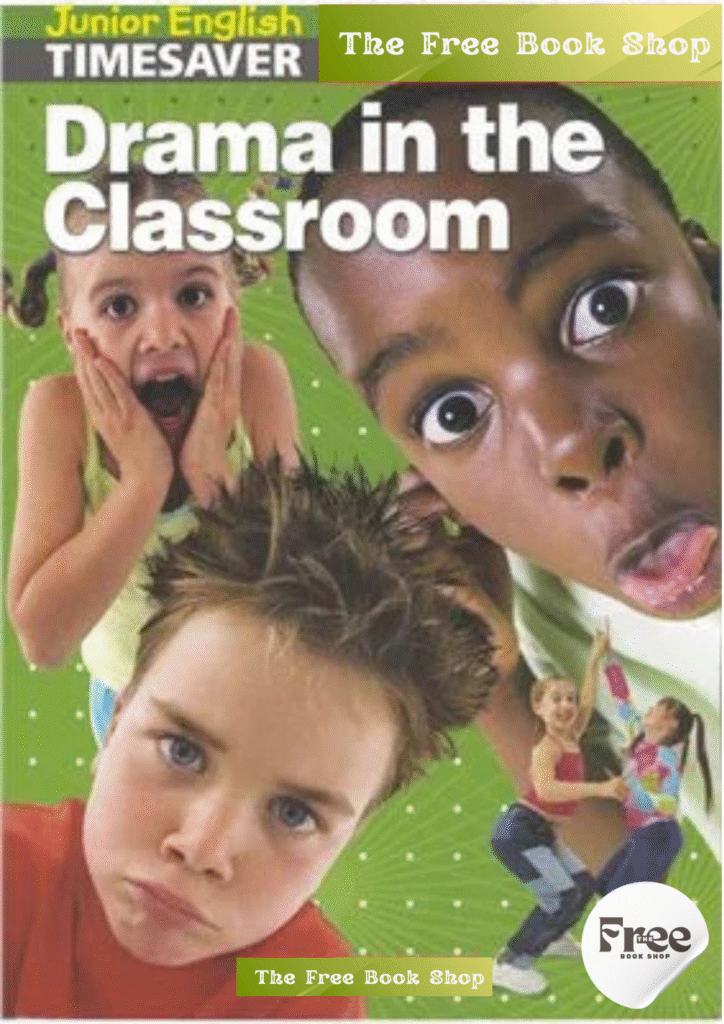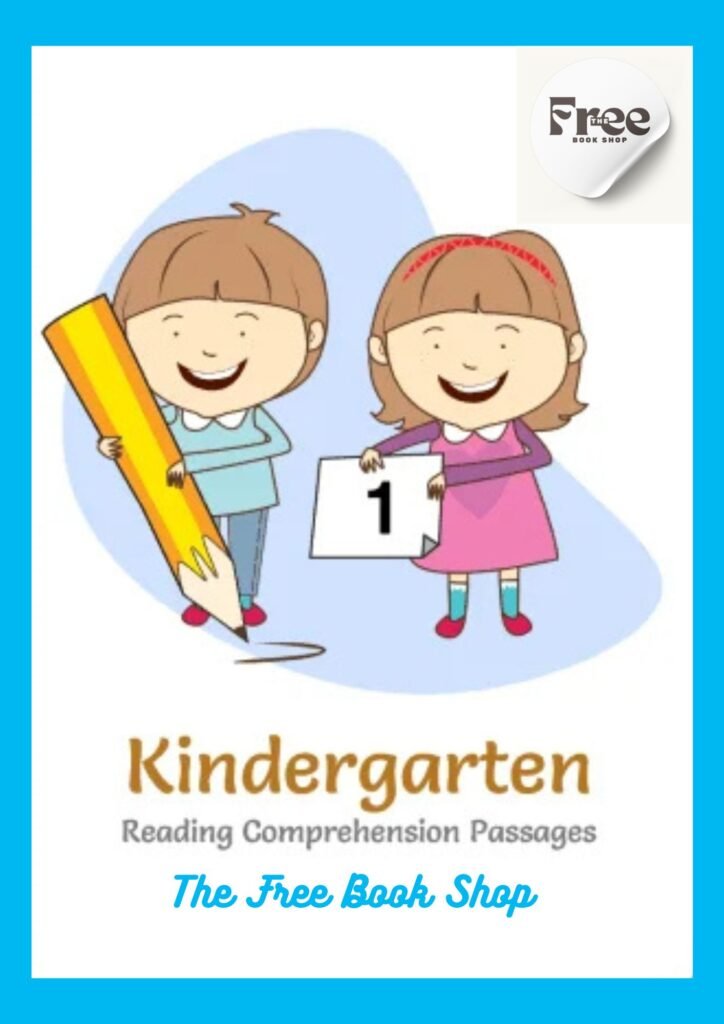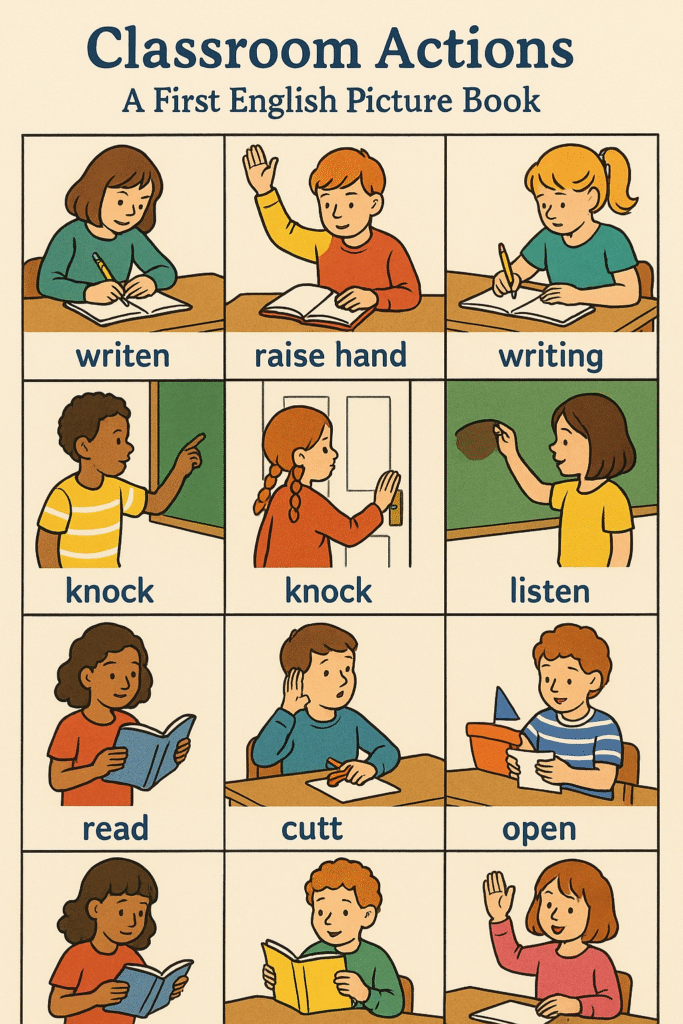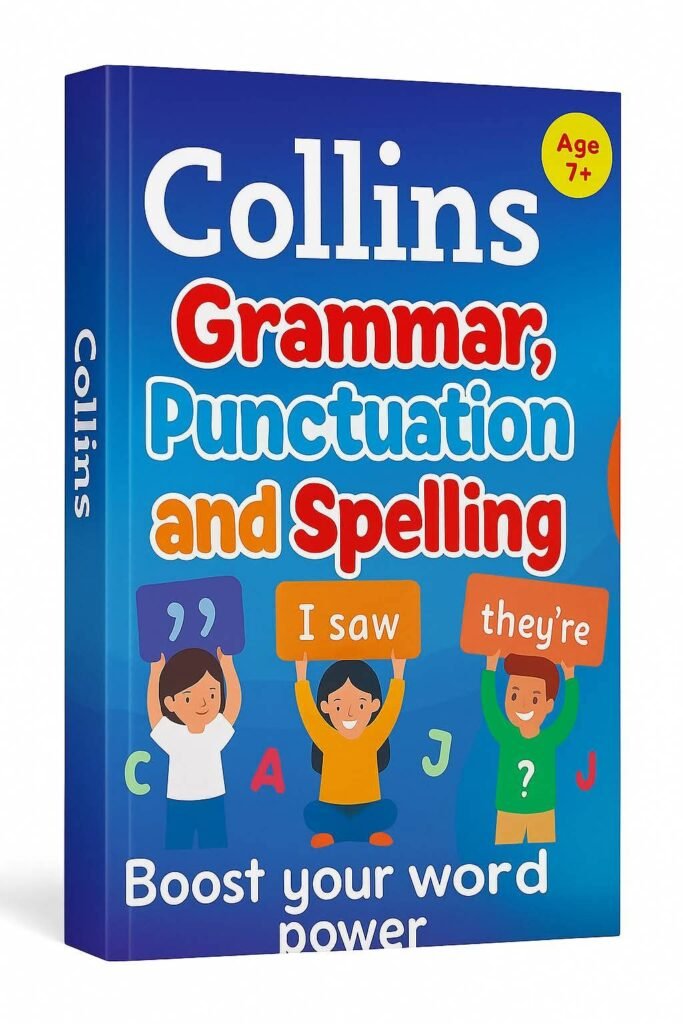Table of Contents
📘 Series Overview
Title: 240 Vocabulary Words Kids Need to Know (and similarly titled variants like 240 Words Kids Need to Know)
Publisher: Scholastic Teaching Resources, published around 2012
Grade Levels: Available from Grade 1 through Grade 6 (and possibly beyond) Lakeshore Learning+7Scholastic+7Thomas More University Online Bookstore+7Thomas More University Online Bookstore
Structure: Each book contains 24 lessons, each lesson spans 3 pages, covers 10 target words, totaling 240 words per grade-level book Barnes & Noble+1Lay it Flat Publishing Group+1
🧠 Instructional Design
Lessons are research-based, focusing on multiple exposures to each word to build robust understanding and long-term retention. Topics include:
Synonyms and antonyms
Compound words
Homophones
Roots, prefixes, and suffixes
Content-area vocabulary in science and social studies contexts Miami University Bookstore+4Lakeshore Learning+4Barnes & Noble+4Scholastic+1Thomas More University Online Bookstore+1Goodreads+2Miami University Bookstore+2Barnes & Noble+2
Designed to tap into students’ prior knowledge for deeper learning and comprehension en.wikipedia.org+11Scholastic+11Thomas More University Online Bookstore+11
📚 Grade-Specific Highlights
Grade 2
240 Vocabulary Words Kids Need to Know: Grade 2 by Linda Beech (with Mela Ottaiano)
Builds word power with 24 lesson packets tailored to curriculum-aligned vocabulary for second graders books.com.tw+10Barnes & Noble+10Miami University Bookstore+10
Grade 4
240 Vocabulary Words Kids Need to Know: Grade 4
Topics include more advanced compound words and content-area vocabulary appropriate for Grade 4 learners Thomas More University Online Bookstore+1en.wikipedia.org+1Barnes & Noble+2Miami University Bookstore+2Goodreads+2
Grade 6
240 Words Kids Need to Know Workbook – Gr. 6
Suitable for upper elementary students; includes increasingly complex vocabulary, homophones, roots, and academic terms Lakeshore Learning+1Lay it Flat Publishing Group+1
📝 Lesson Structure (Example)
Each three-page lesson typically includes:
Introduction of 10 new vocabulary words (often thematically grouped)
Exercises such as fill-in-the-blank, matching, synonym/antonym sorting
Writing or content-based activity connecting words to authentic contexts (e.g. in science or social studies)
Review or reinforcement, ensuring spaced repetition and multiple engagements
This structured format fosters both comprehension and use of vocabulary across subjects.
✅ Why Teachers Use These Workbooks
Curriculum-aligned: The words are intentionally grade-appropriate and aligned with key learning domains.
Research-based pedagogy: Activities draw on evidence regarding vocabulary acquisition and memory retention.
Practical and ready-to-use: With 24 reproducible packets per book, they’re highly accessible and easy to implement.
📋 Book Comparison Overview
| Grade Level | Lesson Count | Words Covered | Focus Areas |
|---|---|---|---|
| Grade 2 | 24 lessons | 240 words | Synonyms, antonyms, compound words, content-area |
| Grade 4 | 24 lessons | 240 words | Broader academic vocabulary, homophones, roots |
| Grade 6 | 24 lessons | 240 words | Higher-level academic vocabulary, etymology |
💡 Additional Insights & Suggestions
While these resources are frequently used in U.S. classrooms, they’re excellent for any English learners looking for structured vocabulary building.
For adaptation:
Combine with Teaching the Critical Vocabulary of the Common Core for higher-order academic word instruction.
Use vocabulary words in student-led discussions or projects to deepen retention.
Incorporate visuals, word maps, and games to reinforce memory—especially for younger learners.
Would you like:
A sample lesson unpacked in full detail?
A downloadable template for in-class use?
Ideas for differentiation for ELL or special education classrooms?






















